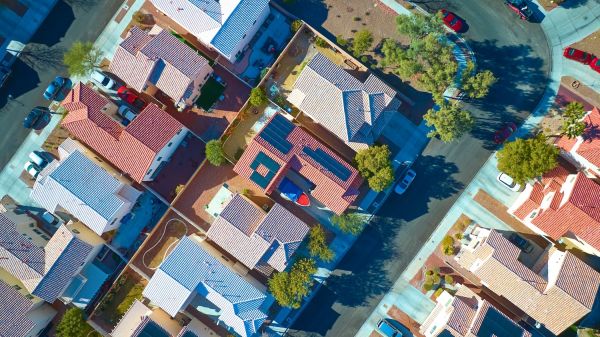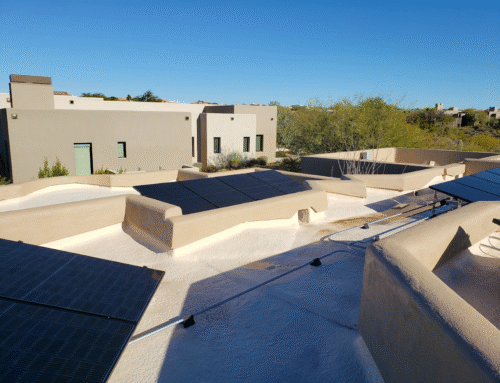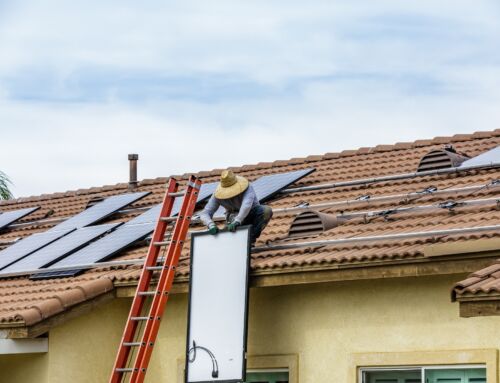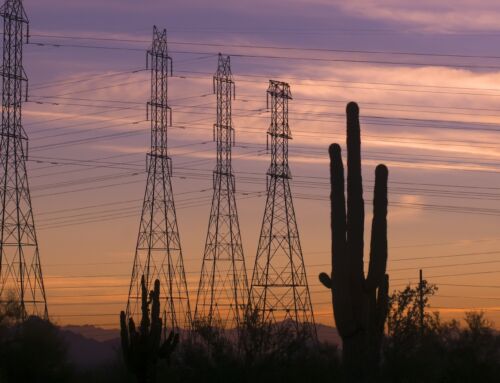 How Much Power Can Solar Panels Generate for Your Home?
How Much Power Can Solar Panels Generate for Your Home?
Solar panels turn free energy from the sun into clean electricity for your home. But just how much electricity can you generate with residential solar?
It’s a smart question to ask before you go solar because the answer directly impacts how much you’ll save on your electric bills and how quickly you’ll see a return on your investment.
In this guide, we’ll walk through how much power a rooftop solar system can generate per day, month, and year—and what that means for your solar savings.
Understanding Solar Output: kW vs kWh
Before we get into how much power a solar panel can produce, it’s helpful to understand how solar output is measured.
- Kilowatts (kW) are used to measure instantaneous production. A 10 kW solar system is designed to produce 10,000 watts (or 10 kilowatts) of electricity under optimal conditions.
- Kilowatt-hours (kWh) measure the electricity generated or used over time. One kWh equals the energy used by a 1,000-watt appliance running for one hour.
Your electric bill is typically based on how many kWh you use each month, and solar output is measured in how many kWh your system produces. The more kWh your solar system produces, the less you need to buy from your utility.
How Much Power Does a Solar Panel System Really Produce?
Most residential solar panel systems range from 5 to 30 kW in size, depending on your electricity needs, roof size, and sunlight access. That means most home solar systems can produce between 5,000 and 30,000 watts of power under perfect conditions.
But system size isn’t the only factor. Your actual solar output depends on:
- Climate — Solar panels produce more power in sunny states like Arizona than they do in northern states.
- Roof orientation — Solar panels produce the most power on south and west-facing roofs.
- Solar panel efficiency — High-efficiency solar panels can turn more of the sunlight they absorb into electricity.
- Shade — The less shade there is on your panels, the more power they will produce.
As a general rule of thumb, a 1 kW system generates roughly 4 to 5 kWh per day in a sunny location.
That means a 6 kW system can produce about 24 to 30 kWh per day or about 720 to 900 kWh per month. That’s about 8,600 to 10,800 kWh per year—enough to cover most or all of the average US household’s annual energy use, which is around 10,500 kWh, according to the US Energy Information Administration.
What Does All This Mean for Your Electric Bills?
Knowing how much electricity your solar panels produce is great. But the real value is in how much you save.
When your solar panels are generating power, your home uses that electricity first. That means you’re buying less (or sometimes none) from the grid. The exact amount you save depends on what your utility rate is and how much electricity you use.
For this example, let’s assume you pay the average electricity rate in Arizona, which is 15.2 cents per kWh.
| System Size | Average Monthly Output | Estimated Monthly Savings |
|---|---|---|
| 5 kW | 600-750 kWh | $91-$114 |
| 7 kW | 840-1,050 kWh | $128-$160 |
| 10 kW | 1,200-1,500 kWh | $182-$228 |
Each kWh your panels generate is a kWh you don’t have to pay for. Those savings stack up month after month, saving you tens of thousands of dollars throughout the 25+ year lifespan of your solar panel system.
Get More From Solar with SouthFace Solar & Electric
At SouthFace Solar & Electric, we install solar energy systems customized to your roof, your energy use, and your financial goals. Our unique process starts by reviewing a full year of your electric bills to understand how much power you actually need. Then we analyze your roof’s orientation, size, and sun exposure to design a system that maximizes your savings. With us, you get the most power and the highest savings.





